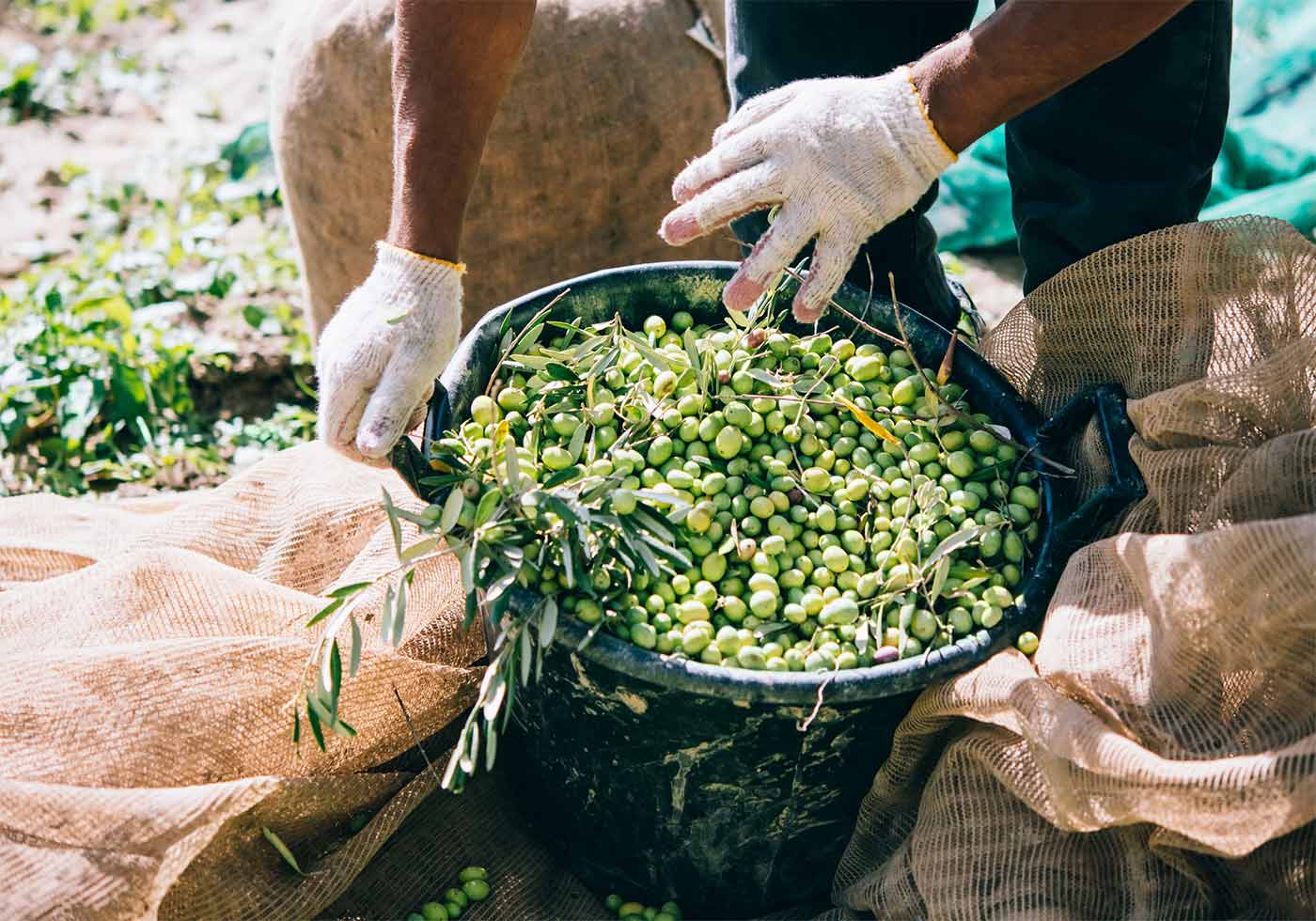
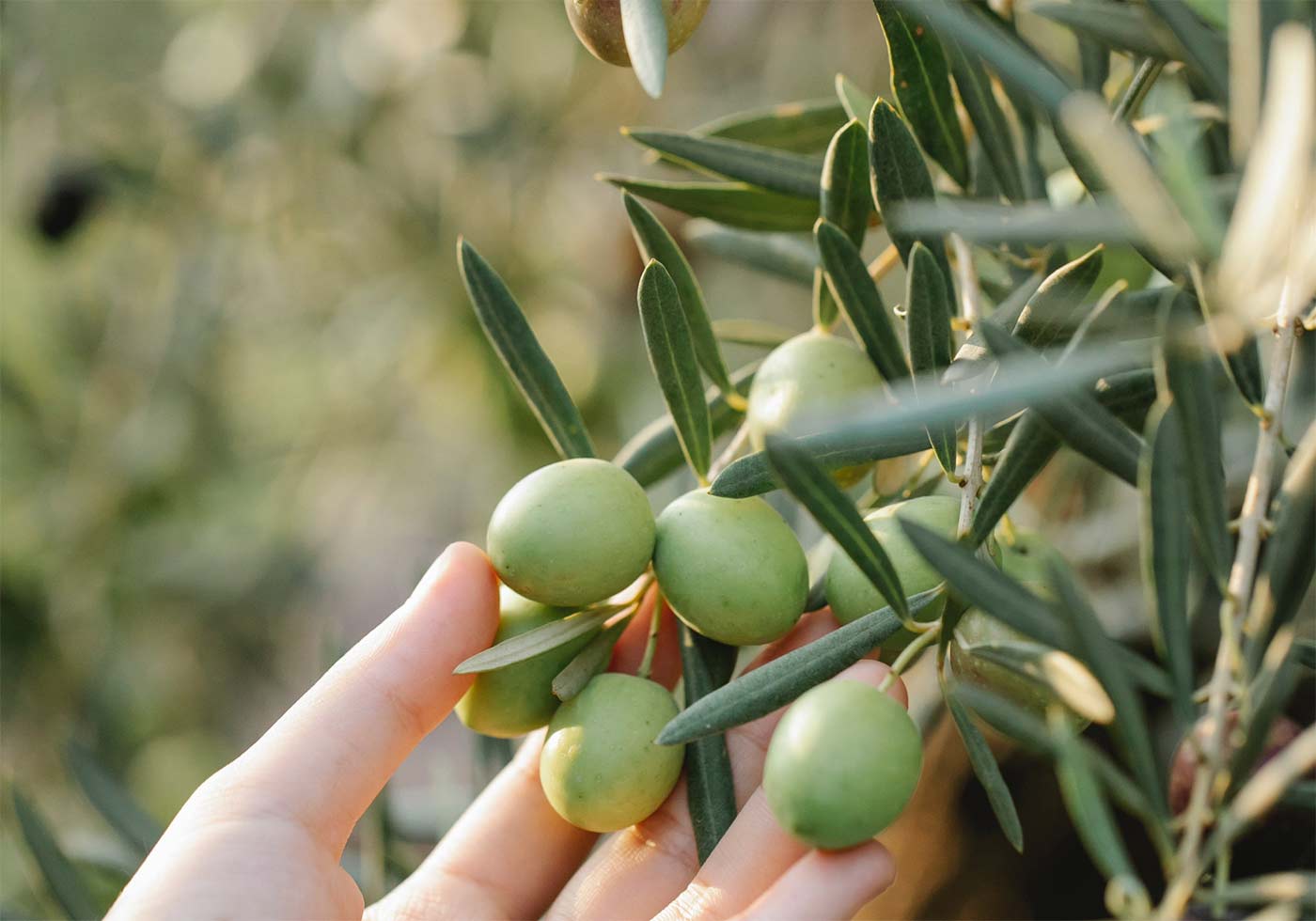
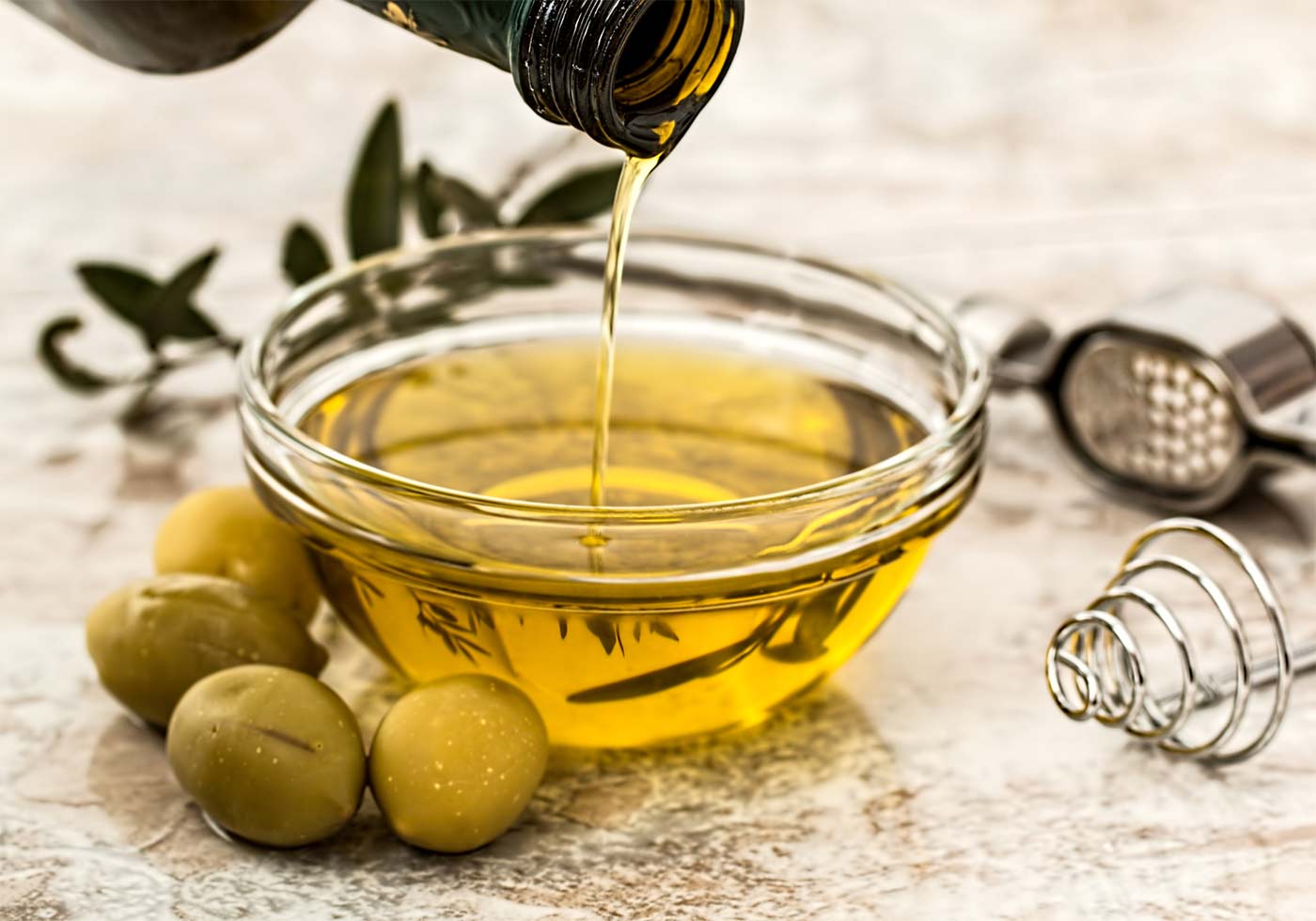
Trying the new olives
Sampling new olives, whether they’re fresh off the tree or recently cured, can be a delightful experience for both the palate and the senses. Each variety of olive offers unique flavors, textures, and aromas that reflect its origin, growing conditions, and processing methods. This guide will walk you through the process of trying new olives, from selecting and preparing them to savoring their distinct characteristics.
Selecting New Olives
When trying new olives, consider the following factors to ensure you select the best quality:
- Variety: Different olive varieties offer different flavor profiles. Common varieties include Arbequina, Picual, Kalamata, and Manzanilla. Each has its unique taste, from mild and buttery to robust and peppery.
- Freshness: Choose olives that are firm, plump, and free from blemishes or wrinkles. Fresh olives should have a vibrant color, whether green, purple, or black.
- Source: If possible, purchase olives directly from a reputable farm or market known for quality produce. Freshly harvested and locally sourced olives often have superior flavor.
Preparing Fresh Olives
Freshly harvested olives are typically very bitter and require curing to make them palatable. Here are common methods for preparing olives:
1. Brining
- Ingredients: Fresh olives, water, salt, vinegar (optional).
- Process:
- Wash the olives thoroughly.
- Make a brine solution with water and salt (typically 1 cup of salt per gallon of water).
- Place the olives in a clean jar and cover them with the brine solution.
- Let the olives cure for several weeks to months, depending on the variety and desired flavor.
- Optional: Add vinegar to the brine for additional flavor.
2. Dry Curing
- Ingredients: Fresh olives, coarse salt.
- Process:
- Wash and dry the olives.
- Place the olives in a container and layer them with coarse salt.
- Allow the olives to cure for several weeks, shaking the container occasionally to redistribute the salt.
- Once cured, rinse off the excess salt and store the olives in olive oil.
3. Lye Curing
- Ingredients: Fresh olives, lye, water.
- Process:
- Wash the olives thoroughly.
- Prepare a lye solution and soak the olives, following specific safety guidelines and instructions.
- Rinse the olives multiple times to remove all traces of lye.
- Place the olives in a brine solution to finish the curing process.
Sampling New Olives
Once the olives are cured and ready to eat, it’s time to sample their flavors:
- Visual Inspection: Examine the olives for color, size, and uniformity. High-quality olives should have a consistent appearance.
- Aroma: Smell the olives to appreciate their aroma. Fresh olives should have a pleasant, fruity scent with no off odors.
- Taste:
- Take a small bite of the olive and chew slowly to appreciate its texture and flavor.
- Note the initial taste, any bitterness, sweetness, or saltiness, and the finish.
- Consider the olive’s mouthfeel, whether it’s firm, meaty, or soft.
Pairing Olives with Food and Drink
To fully enjoy the experience of trying new olives, consider pairing them with complementary foods and beverages:
- Cheeses: Olives pair well with a variety of cheeses, from mild mozzarella to tangy feta and sharp cheddar.
- Bread and Crackers: Serve olives with crusty bread, crackers, or crostini for a satisfying texture contrast.
- Cured Meats: Pair olives with charcuterie such as prosciutto, salami, or chorizo for a flavorful snack or appetizer.
- Wine and Beverages:
- White wines like Sauvignon Blanc or Chardonnay complement the fruity and tangy flavors of olives.
- Red wines such as Pinot Noir or Merlot can balance the robust and bitter notes.
- Sparkling water or lemonade offers a refreshing, non-alcoholic pairing.
Conclusion
Trying new olives is an enjoyable and educational experience that allows you to explore the diverse flavors and textures of this ancient fruit. By selecting high-quality olives, preparing them properly, and savoring their unique characteristics, you can deepen your appreciation for one of the world’s most beloved foods. Whether you enjoy them on their own, paired with complementary foods, or incorporated into recipes, new olives can add a delightful dimension to your culinary adventures.
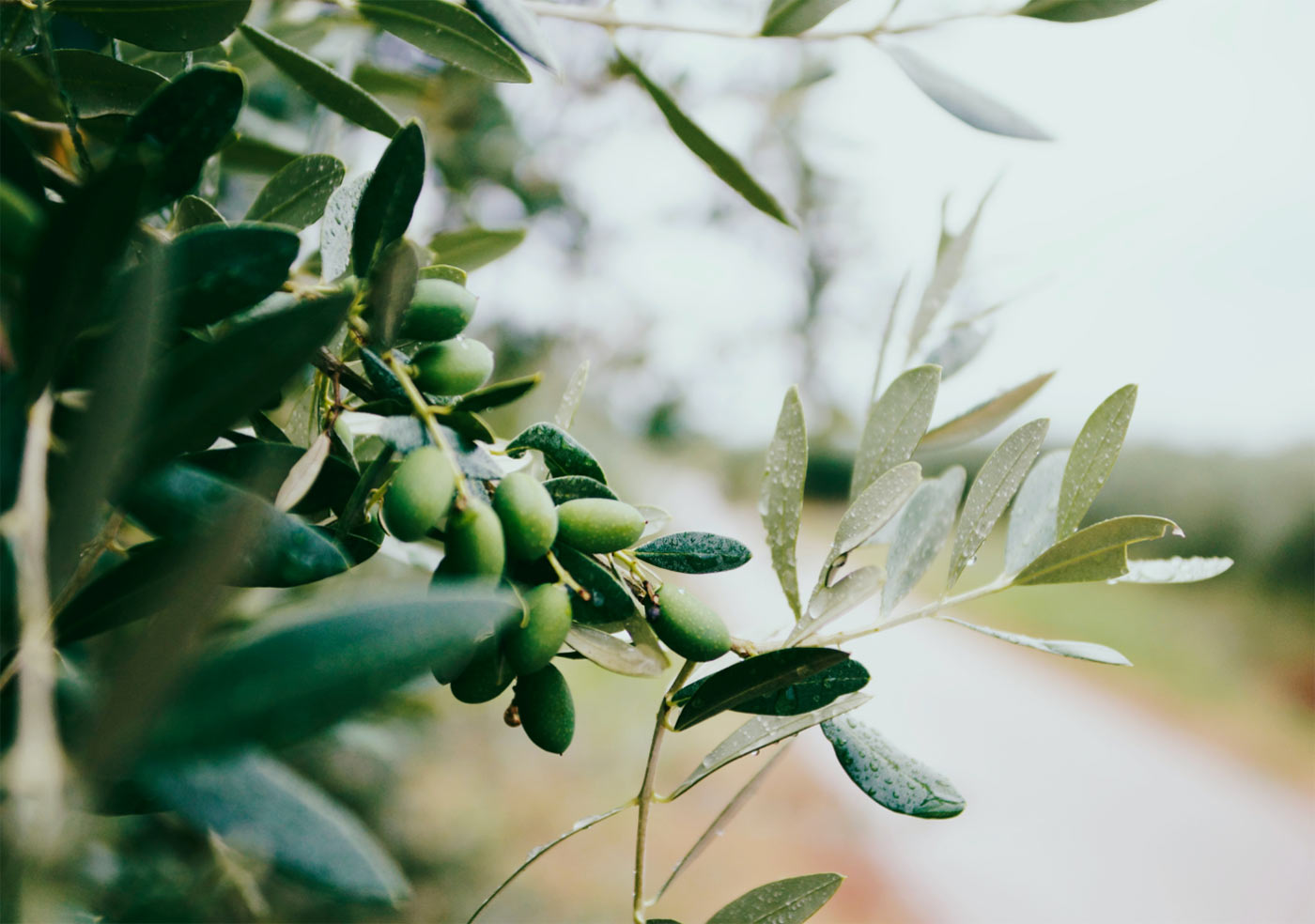
"Olive Oil Field Norway"
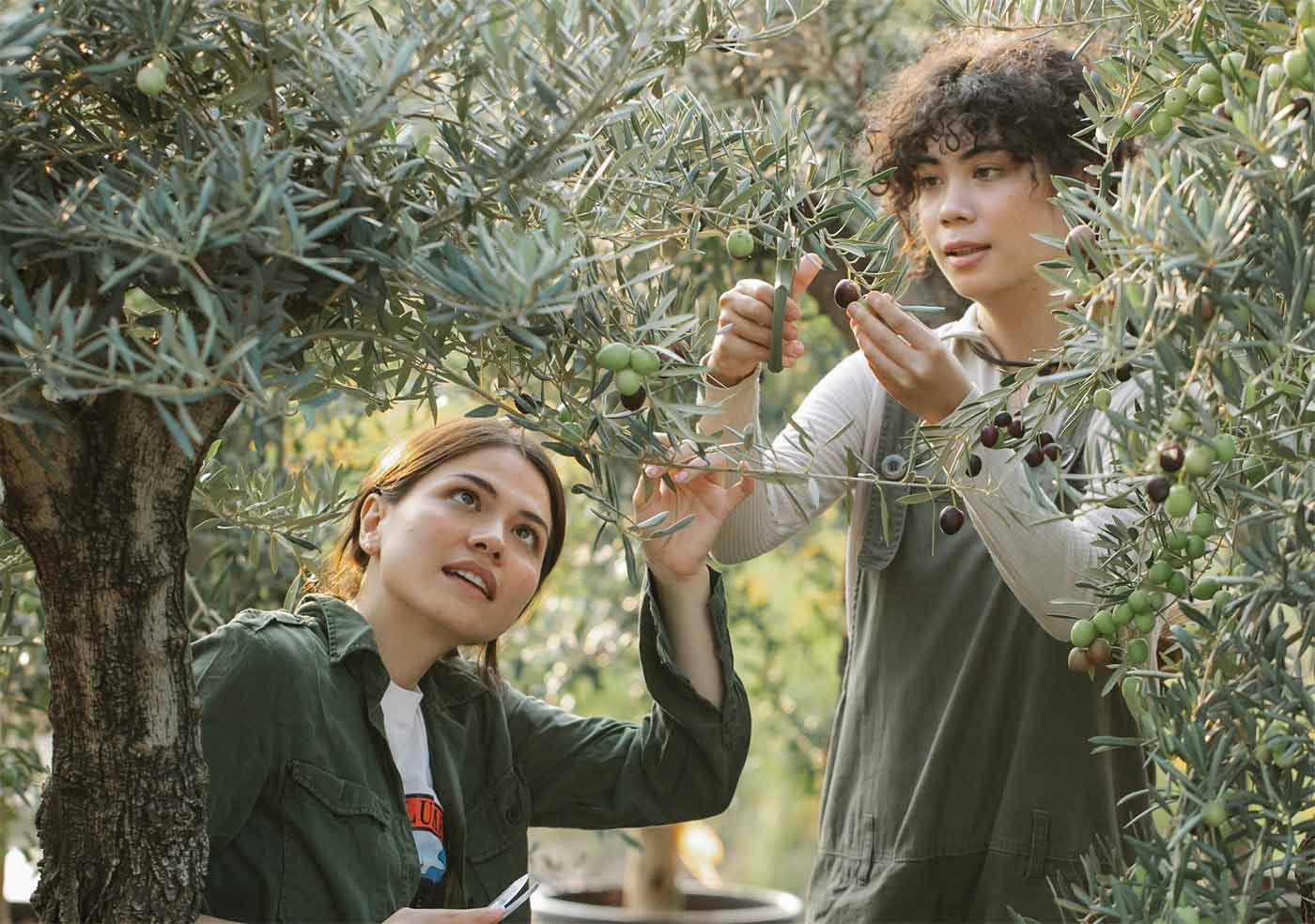
"Olive Oil Field Finland"
“The team is part farmer, part archaeologist, always full of enthusiasm to inspire emotions through fragrances and flavors.”
Related Posts
Antioxidant in olive oil
Olive oil, especially extra virgin olive oil (EVOO), is renowned for its rich content of antioxidant
The high quality oil
High-quality olive oil is a culinary treasure, revered for its rich flavors, health benefits, and ve
Never waste your oil
Olive oil is a versatile and valuable ingredient in any kitchen, renowned for its flavor, health ben


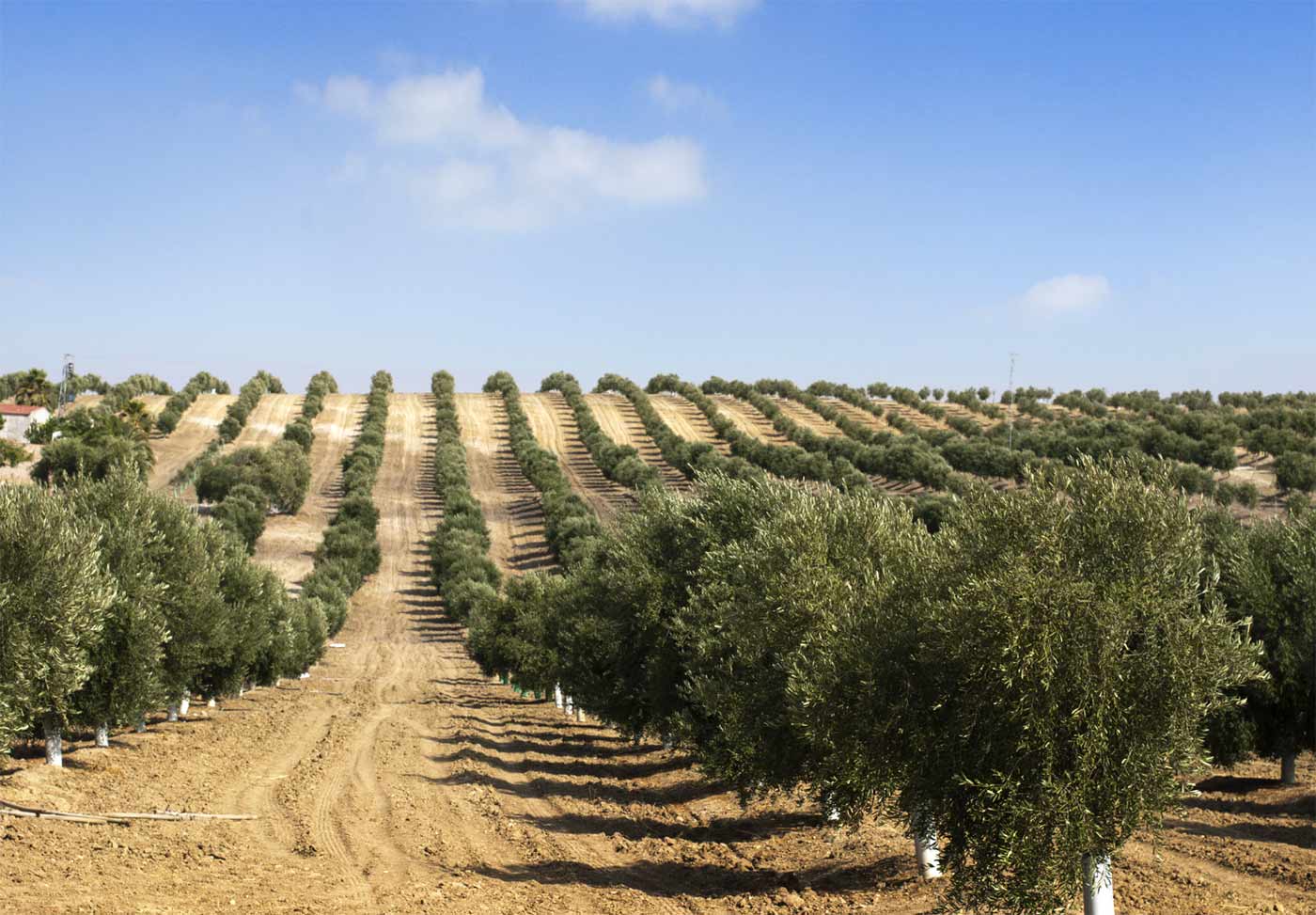
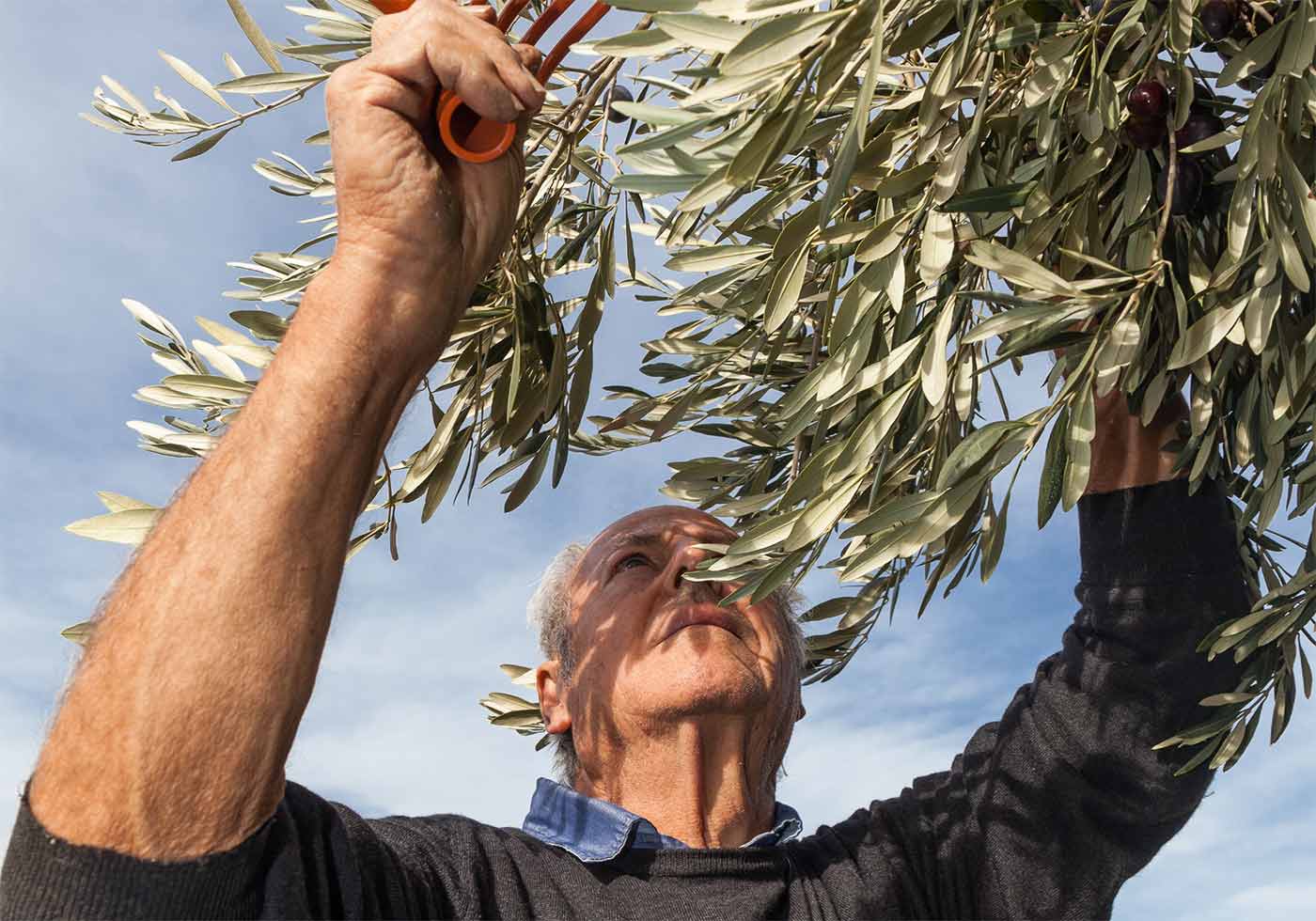

Leave a Reply